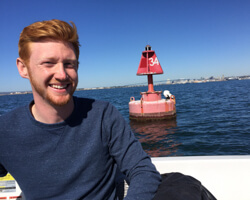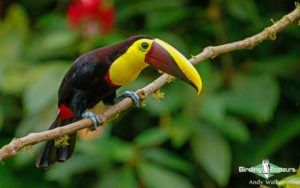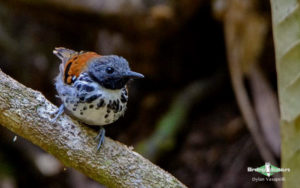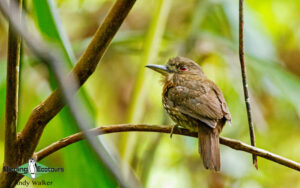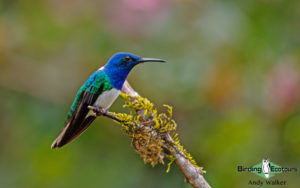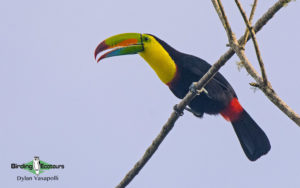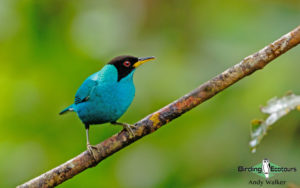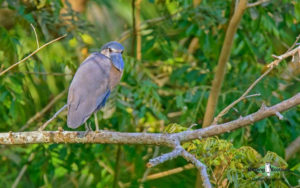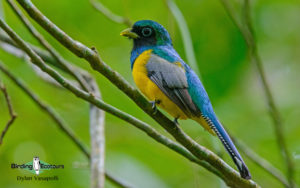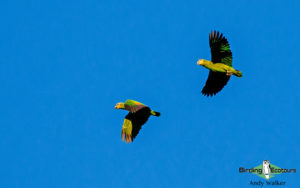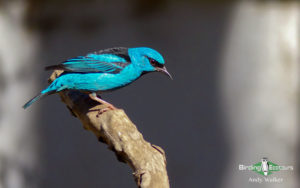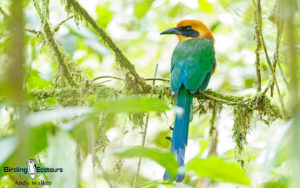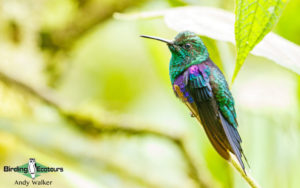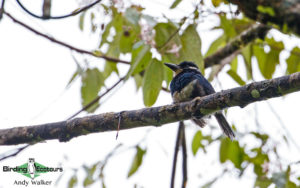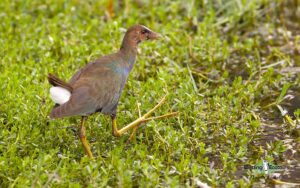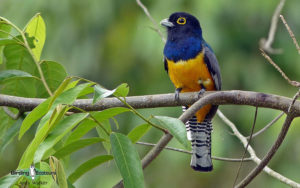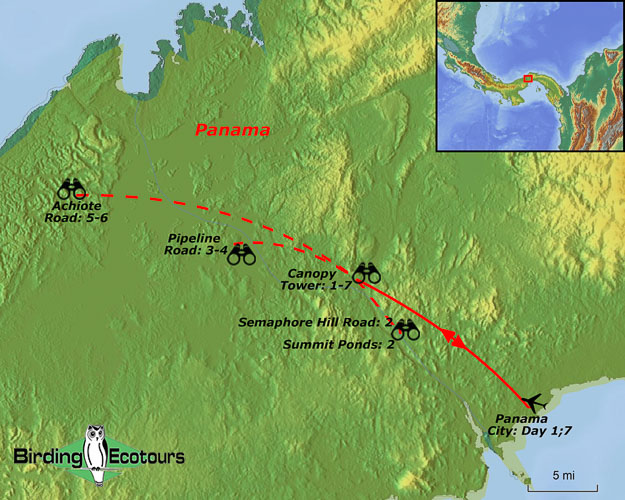Panama Escape: An easy week of birding from the Canopy Tower Lodge
Panama Escape: an easy week of birding from the Canopy Tower Lodge
December 2025/2026/2027
Our exciting 7-day trip to Panama is designed to explore one of the greatest birding hotspots in Central America, the famous Canopy Tower Lodge, where we will be based for the entire trip. This tour serves as a perfect introduction to neotropical birding, particularly for those who have never set foot in this magical part of the world. Our tour includes early starts (which you can opt out of if preferred) and full mornings for each day but we ensure the afternoons’ activities are kept flexible, allowing for exploration of the lodge surroundings at your own leisure. Guests can use this time to search for more bird species, enjoy the lodge and observation deck, or as an opportunity for some personal photography at an easier pace. We invite you to discover Panama, spending the entire week in one fantastic destination (without the stress of overland travel across the country), and to enjoy our short, relaxed birding vacation.
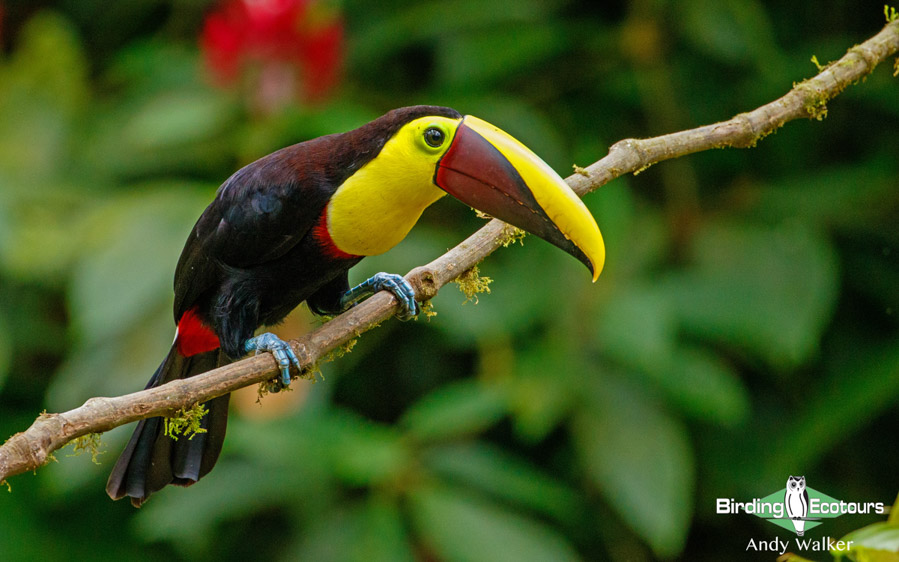
Our tour focuses exclusively on exploring the surroundings of the Canopy Tower, including the popular Pipeline, Achiote, and Semaphore Hill Roads, the Rainforest Discovery Center Tower, and the Summit Ponds near the Gamboa Wetlands. Each day we will have the chance to enjoy the magnificent forest views from the impressive Canopy Tower observation deck. Being 50 feet (15 meters) above the ground, the deck provides a unique eye-level view of the canopy forest and canopy-dwelling bird species, all while enjoying our morning cup of coffee.
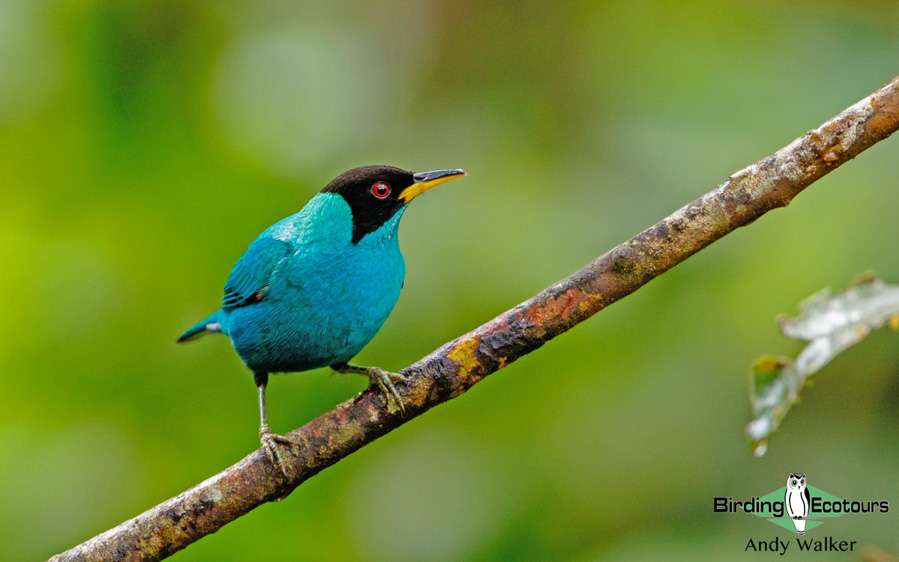
During these seven days, we will look for species such as Green Shrike-Vireo, Brown-hooded Parrot, Blue Cotinga, Slaty-tailed Trogon, Black-throated Trogon, White-tailed Trogon, Gartered Trogon, Black-breasted Puffbird, White-whiskered Puffbird, Collared Aracari, Keel-billed Toucan, Yellow-throated Toucan, Purple-throated Fruitcrow, American Pygmy Kingfisher, Semiplumbeous Hawk, Boat-billed Heron, Song Wren, Black-bellied Wren, Bay Wren, Ocellated Antbird, Spotted Antbird, Dot-winged Antwren, White-flanked Antwren, Scaly-throated Leaftosser, Grey-headed Chachalaca, Crimson-crested Woodpecker, Cinnamon Woodpecker, Southern Mealy Amazon, Blue Dacnis, Green Honeycreeper, Blue-crowned Manakin and Red-legged Honeycreeper. The hummingbird feeders attract species such as White-necked Jacobin, Violet-bellied Hummingbird, Long-billed Hermit and Purple-crowned Fairy.
In addition to birds, Panama offers some of the best chances to see other Neotropical wildlife such as Brown-throated Sloth, Nine-banded Armadillo, White-nosed Coati, Central American Agouti, Geoffroy’s Tamarin and Mantled Howler Monkey.
Itinerary (7 days/6 nights)
Day 1. Arrival and transfer to Canopy Tower Lodge
You will arrive in Panama City, meet our Birding Ecotours tour leader and be transferred to the famous Canopy Tower Lodge. We will spend the afternoon enjoying the lodge surroundings and, if time permits, the Summit Ponds, looking for species such as the elusive White-throated Crake, Boat-billed Heron, Wattled Jacana, Rufescent Tiger Heron and Purple Gallinule. Other birds include Lemon-rumped Tanager, Palm Tanager, Crimson-backed Tanager and Black-striped Sparrow. We might also have our first mammal encounters here with Lesser Capybara and Brown-throated Sloth.
Overnight: Canopy Tower Lodge, where we stay for the entire week
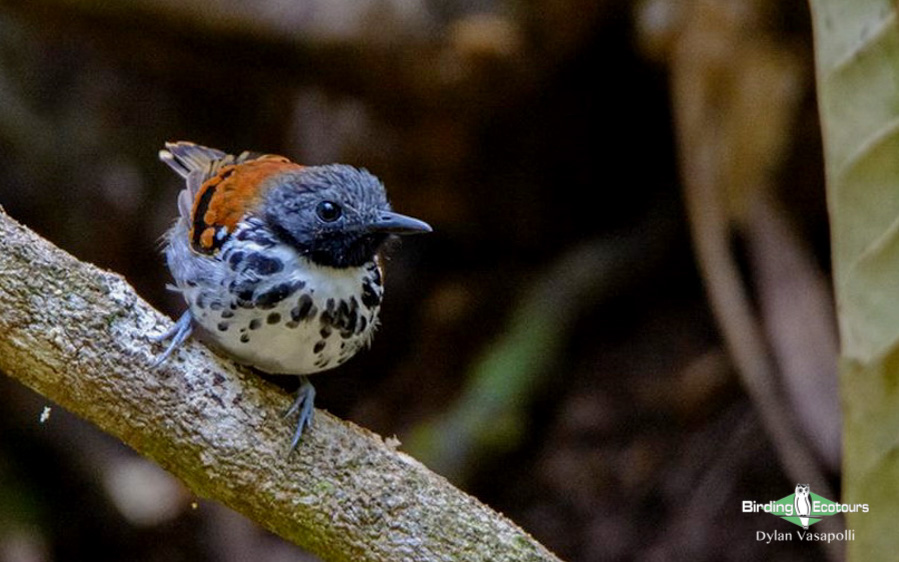
Day 2. Canopy Tower, Semaphore Hill and Summit Ponds
We will meet at the observation deck before dawn and while enjoying some coffee we will listen out for the early calls of Barred and Slaty-backed Forest Falcons emanating from the forest canopy, and will also try to detect the secretive Green Shrike-Vireo and the beautiful Blue Cotinga. Other birds include Southern Mealy and Red-lored Amazons, Brown-capped Tyrannulet, Collared Aracari and the striking Keel-billed Toucan. After breakfast, we will bird the famous Semaphore Hill, looking for Rufous and Broad-billed Motmots, Slaty-tailed Trogon, Semiplumbeous Hawk, Plain-colored and White-shouldered Tanagers, Fulvous-vented Euphonia and Green Honeycreeper. Before lunch, we will check the hummingbird feeders around the lodge entrance, hopefully enjoying views of Blue-chested Hummingbird, Violet-bellied Hummingbird, White-necked Jacobin and Snowy-bellied Hummingbird.
Overnight: Canopy Tower Lodge
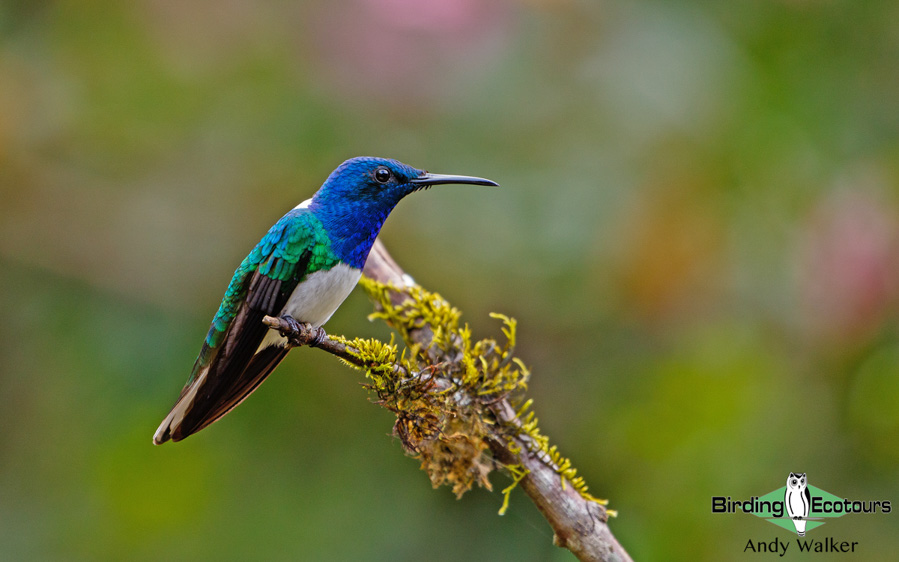
Day 3. Discovery Tower and Pipeline Road
We will have a full day on the famous Pipeline Road, enjoying the incredible avian diversity as we add to our ever-growing list. Target birds include species like Black-breasted Puffbird, White-tailed, Gartered and Black-throated Trogons, Song Wren, Golden-collared Manakin, Purple-throated Fruitcrow, Great Jacamar as well as Fasciated and Black-crowned Antshrikes. If we are lucky to find any army ant swarms, we might see the striking Ocellated Antbird and also Spotted and Bicolored Antbirds, with Northern Barred and Plain-brown Woodcreepers hopefully in attendance too. We will visit some hummingbird feeders and perhaps be entertained by species such as Long-billed and Stripe-throated Hermits, Crowned Woodnymph and if we are lucky Rufous-crested Coquette.
Overnight: Canopy Tower Lodge
Day 4. Pipeline Road and Canopy Tower Lodge
We will spend a full morning exploring the Pipeline Road in search of any species we may have missed during our previous day. We will have a relaxed, non-driving afternoon, enjoying birds close to the lodge from the observation deck or hummingbird feeders.
Overnight. Canopy Tower Lodge
Day 5 – 6. Achiote Road and Canopy Tower Lodge
We shall spend two full mornings exploring the famous Achiote Road looking for species such as Slaty-tailed, White-tailed, Gartered and Black-throated Trogon, Collared Aracari, Black-breasted Puffbird, Keel-billed Toucan, Yellow-throated Toucan, Black-cheeked Woodpecker, Cinnamon Woodpecker, Black-striped Woodcreeper, Spot-crowned Barbet, Red-capped Manakin, Golden-collared Manakin, Purple-throated Fruitcrow, Chestnut-backed Antbird, Spotted Antbird, Dot-winged Antwren, Southern Bentbill, Fasciated Antshrike, Jet Antbird, Black-bellied and Bay Wrens, Blue Cotinga, White-whiskered Puffbird, Rufous Motmot and Brown-hooded Parrot. The afternoons will entail some relaxed birding around the lodge, from the observation deck or around Summit Ponds.
Overnight. Canopy Tower Lodge
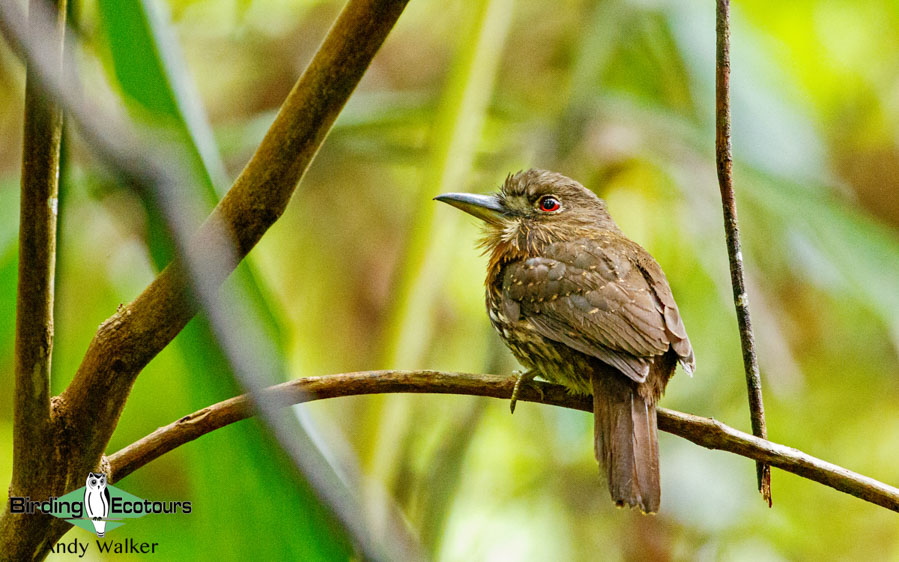
Day 7. Transfer to the airport to connect with international flight
Today we will leave the Canopy Tower Lodge for Panama City’s Tocumen International Airport, from where you can catch your connecting flights back home.
Please note that the itinerary cannot be guaranteed as it is only a rough guide and can be changed (usually slightly) due to factors such as availability of accommodation, updated information on the state of accommodation, roads, or birding sites, the discretion of the guides and other factors.
Download Itinerary